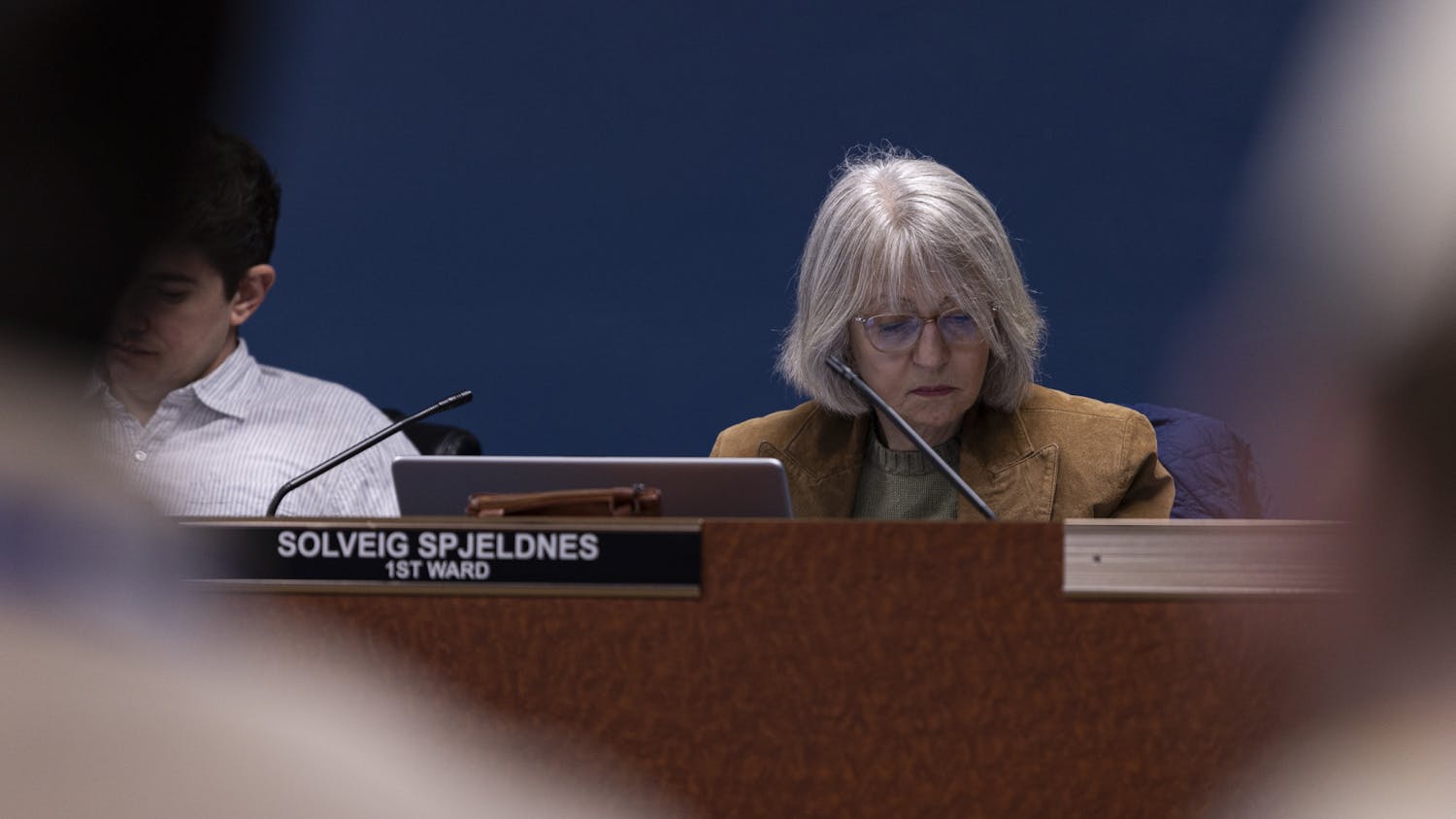Ohio University spends about $4,600 each year maintaining its emergency phones on campus, according to a university spokesperson. But police say they can’t remember them ever being used in an emergency or crime in progress.
Many universities and colleges provide emergency phones marked with blue lights, but several universities have moved away from the technology in recent years, claiming the phones are rarely used. At OU, if a student pushes the button of one of the 78 emergency phones on campus, it will direct them to the OU Police Department dispatch lines.
The University of California Davis began removing all 107 of its public safety phones in 2011. It replaced them with 18 key-service phones on campus. The phones cost UC Davis a total of about $36,000 to maintain annually.
In 2015, the University of Colorado Boulder began removing some of its 80 blue light phones due to the availability of cell phones. A news release from the Colorado University Police Department chief read that more than 90 percent of the calls CUPD received from the blue light phones were pranks or hang-ups.
The blue light phones at OU are not always blue, but most have a blue light on the top of them. Some have a grey box; some are green. They’re scattered throughout campus — next to most residence halls, on College Green or by the bike path.
The Office of Information Technology tests each of the blue light phones on a monthly basis, OU Spokesperson Dan Pittman said.
Most of the time when someone presses the button, it’s a prank or test, OUPD Lt. Tim Ryan said. People often push them and then walk away.
The South Green bike path light, located by the pumping station, accounts for 40 percent of all activations. It’s been tested or used more than 3,000 times since Jan. 1, 2017. It’s not clear why the phone has been activated so many times, but Ryan said the department isn’t receiving any legitimate calls from the phone.
“They’re not coming here,” Ryan said. “No one is calling us from the bike path to report something.”
The emergency light outside of Tiffin Hall is also often used, with more than 700 activations since Jan. 1, 2017. The light outside of Bromley has been used more than 700 times as well.
Ryan can’t remember any time OUPD was dispatched to a crime in progress because of a blue light phone.
“I think people push them and keep walking. I think that’s the number one reason,” Ryan said. “Sometimes drunk people push them and think they’re calling something, but they’re not and then walk away. When we get them, they’re either being tested by OIT, or someone has pushed it not wanting the police.”
If a phone is pressed and the dispatch officer does not hear anything, OUPD usually has to go to the location due to protocol, Ryan said.
OU was not able to provide data to The Post for how many calls are real emergencies.
“Mass majority are false alarms,” Ryan said. “We had a dispatcher who retired after 25 years and said she can’t remember ever getting a call for a crime in progress.”
There are also known issues with some phones. The Ryors Hall emergency phone can’t dial out. The lights next to Armbruster House and the former phone at the since-demolished O’Bleness House are listed as “bad phones” in records provided by the university. Ryan said he didn’t know what that meant.
Athens Police Chief Tom Pyle said it’s easier for students to pull out their cell phones than to use the emergency phones.
Pyle said he thinks that most of the activations are pranks, because of the alarm patterns within the city.
“As an example, we have 400 alarms a month around the city, but maybe one of them is legitimate, for intruder, fire, whatever,” Pyle said. “The majority are false alarms.”
The City of Athens, however, doesn’t have an emergency system like the blue lights on campus, Pyle said. If someone needs emergency assistance, a cell phone is their best bet.
Alyssa Drexler, a sophomore studying music therapy, said she has never used a blue light phone or heard of someone using one. She said a cell phone would be her go-to in an emergency situation.
“I’ve never seen anyone use them or talk about them,” Drexler said. “We had classes about alcohol education, and being safe on campus, but I’ve never even heard of them mentioned.”
Ryan said he thinks these emergency phones make people feel safer on campus, even if they are rarely used.
“I don’t know that it actually makes you safer, but it makes people feel safer,” Ryan said. “I think that years ago, before everyone had a cell phone, it made sense to put phones just in case, but even then I don’t think they were used that often.”
@AshtonNichols_






